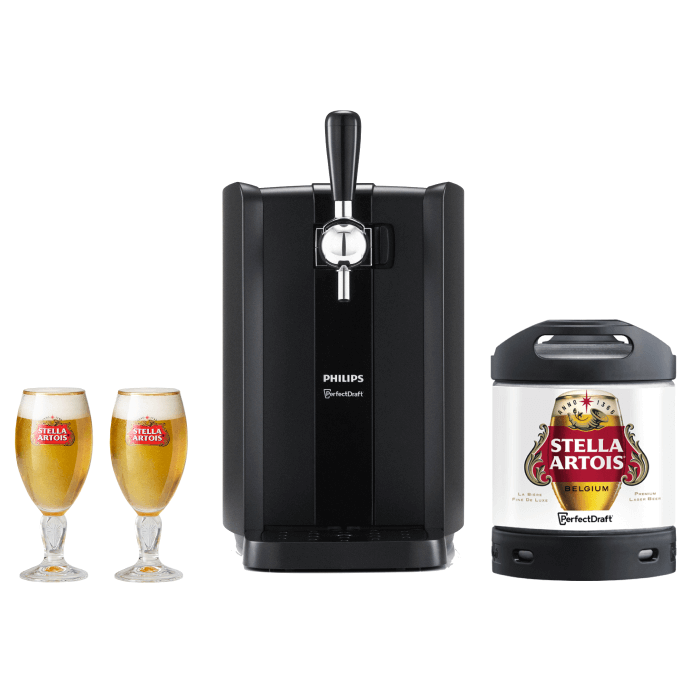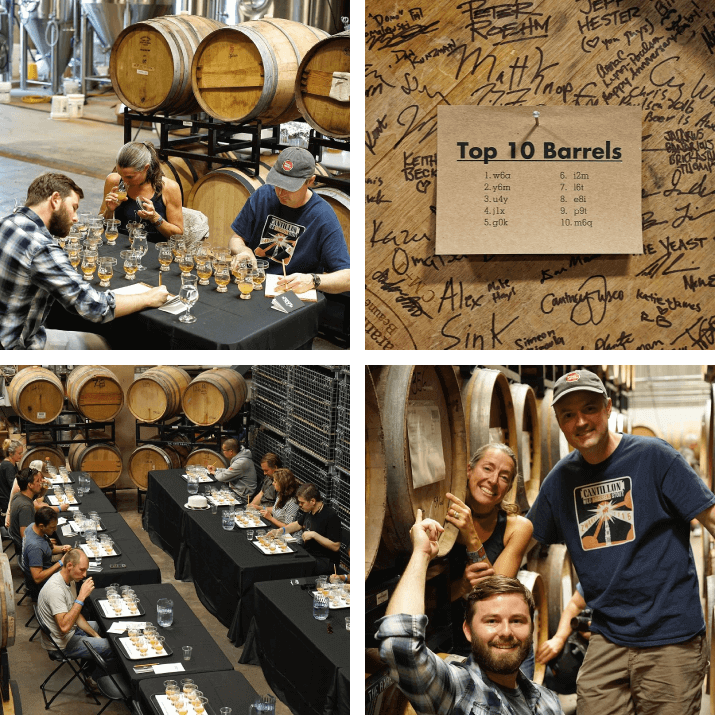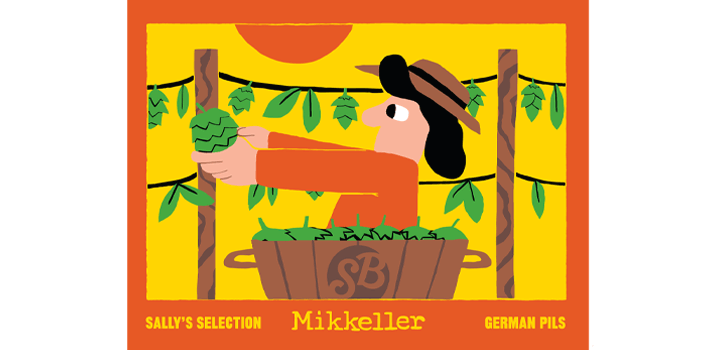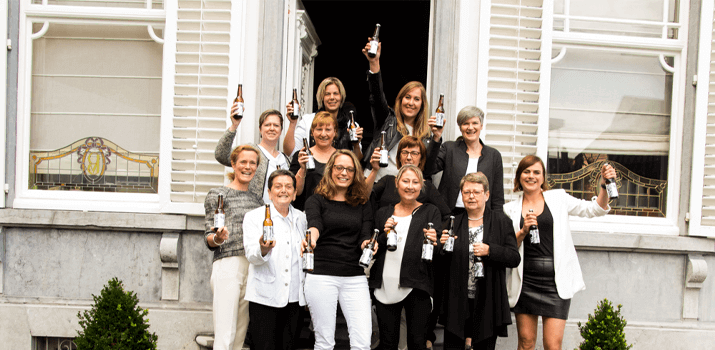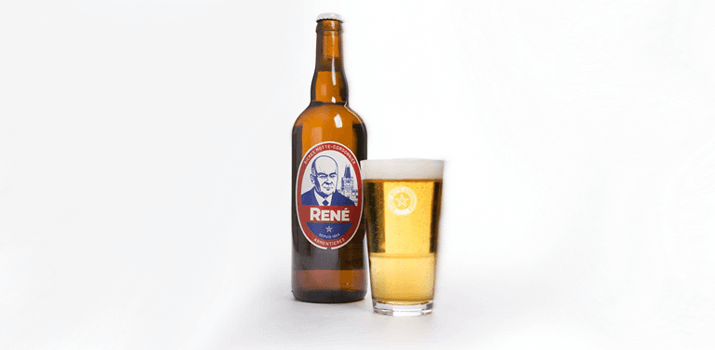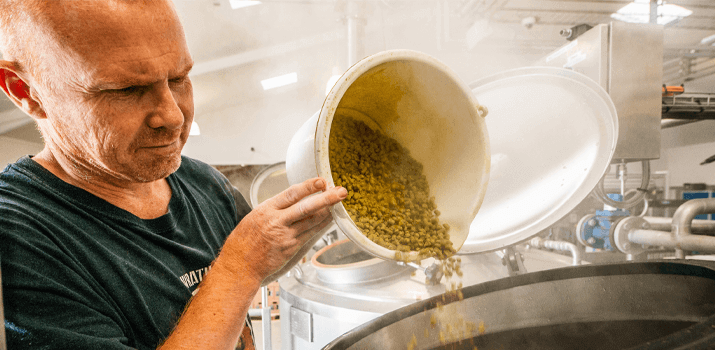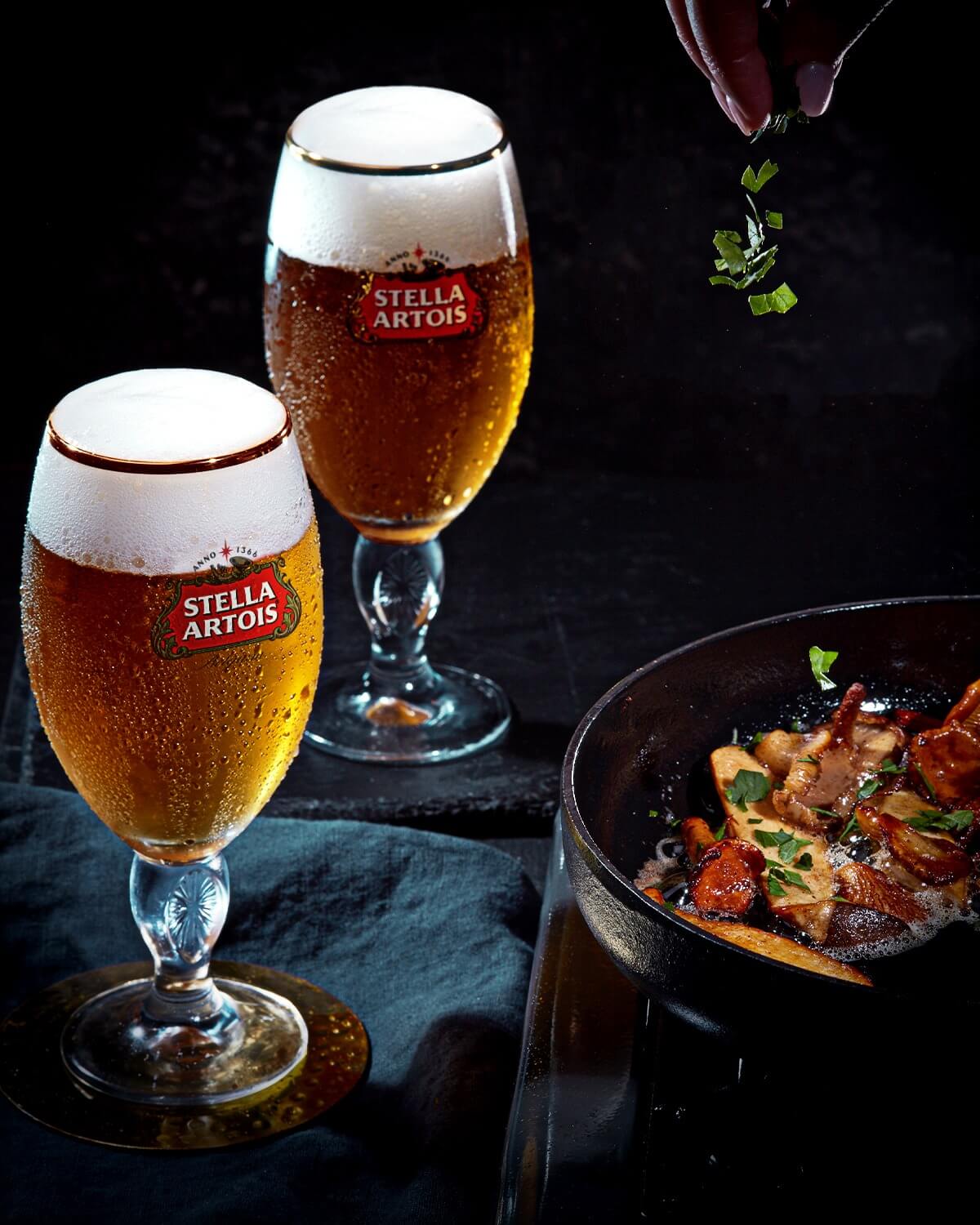
When Belgian beer is mentioned, one brand that inevitably comes to mind is Stella Artois — a bottom-fermented lager steeped in history and mystery. Let’s delve into the past to uncover the roots and journey of Stella Artois, and see how it evolved into the iconic beer it is today.
The history of Stella Artois
A centuries-old brewery
New breweries open every day, but how many can claim a history that spans several centuries? Stella Artois certainly can.
The story begins in 1366, when the people of Leuven spoke of a beer-brewing tradition in a local tavern. These tales likely originate from the Den Hoorn brewery, founded in the same Dutch-speaking city in Belgium, located in the Flemish Region and capital of Flemish Brabant province. However, the first concrete mention of Den Hoorn (which translates from Dutch as "The Horn") doesn't appear until 1466. Whether you count from the folklore or the documented record is up to interpretation. If we accept 1366 as the founding year, this means the brewery has been around for over 650 years — more than enough time to refine its craft and pass it down as tradition. What’s beyond doubt is that this historic brewery is the birthplace of the Stella Artois beer we know today, and its legacy is still present in every bottle.
From De Hoorn to Stella Artois
The Den Hoorn brewery operated for centuries until, in 1708, a man named Sébastien (or Sebastian) Artois joined the Leuven brewers' guild as a master brewer. Rather than taking immediate ownership, he trained under Jacob de Bruyn, the head brewer at Den Hoorn. After several years of apprenticeship, he acquired the brewery in 1717. He also purchased two more breweries, elevating his status to one of the largest brewers in Europe. Tragically, Sebastian passed away at age 45. In 1726, his wife, Barbara Hermans — the daughter of a notable Leuven brewer — took over the business and continued building the Stella Artois legacy, which was already well established by then.
Seven years later, Adrian Artois, Sebastian’s only surviving son, sought to join the brewers' guild as well, in order to take over the operations of Den Hoorn. He would manage the brewery for the next fifty years.
Time went on, and by 1840, Adrian’s only heir, his daughter Jeanne Marie, showed no interest in pursuing brewing. She transferred ownership of the entire Artois estate, including the breweries, to a close family friend, Albert Marnef. In 1901, the NV Brouwerijen Artois company was established to formalize the business under the Den Hoorn name. However, like two-thirds of breweries of that era, it was destroyed during World War I. For context, in 1910, France had around 2,827 breweries — 1,929 of them in the northern part of the country. By the end of the war, only 919 remained, and that number dropped to 503 by 1947, following World War II.
Amid a period of rebuilding, the new Den Hoorn brewery was inaugurated in 1923. Two years later, in October, it produced five batches of a bottled beer labeled "code X," which marked the beginning of what would become Stella Artois.
In 1926, the name Stella Artois was officially registered. The beer was originally conceived as a special Christmas gift for the people of Leuven. The name “Stella,” referring to the Christmas star, resonated strongly and was so well received that the brewery decided to make it available year-round. At that time, it stood out as a pilsner — a bottom-fermented lager that was slightly stronger than most beers on the market.
Over the next three decades, Stella Artois grew steadily until the 1960s, when it began to be exported across Europe.
A turning point: 1987
In 1987, the Piedboeuf brewery merged with the Stella Artois brewery to form the Interbrew group. Building on years of success, a new, fully automated brewery was opened in Leuven in 1993. This evolution eventually led to another merger that placed Stella Artois under the Anheuser-Busch InBev umbrella. Today, the brand is a global symbol of beer excellence, producing over 10 million hectoliters annually.
The Stella Artois logo
Now that the history is clear, it’s worth exploring the origin of the Stella Artois name and logo. In its early days, the De Hoorn brewery served beer to hunters and travelers. As a result, a hunting horn became the symbol of the brand — helping patrons recognize the product and linking the identity to its audience. This also aligns with the brewery's name, "De Hoorn," which means "the horn" and could refer either to a hunting horn or a musical instrument.
In 1717, when Sébastien Artois acquired the business, he renamed it Brouwerij Artois. Over time and through various ownerships, the name evolved into Stella Artois. The star in the logo, as mentioned earlier, symbolizes the Christmas star. As for the ochre moldings seen in the design, they are actually architectural elements unique to Leuven, the brewery’s hometown.
Enjoying Stella Artois
Now that you know Stella Artois and its origins, it’s time to experience it. Before diving into a glass of Stella Artois lager, it’s helpful to understand how it’s made. The recipe includes four ingredients: water, malted barley, corn, and Saaz hops. Saaz is a noble hop variety from the Czech Republic known for its aroma rather than bitterness — offering floral, peppery, and minty notes. The result is a balanced and smooth beer, with malty and hoppy flavors and a clean, subtly bitter finish.
Always brewed under strict quality standards, Stella Artois is best enjoyed cold — between 3 and 6°C — in its signature 50cl chalice, designed to fully release the beer’s aromas.
Also available in 6-liter kegs for the PerfectDraft beer dispenser, Stella Artois pairs well with a variety of dishes, a practice known as food pairing. Excellent matches include sautéed mushrooms, cheesecake, and crème brûlée.
Read other articles :
Where can I find IPA beer ? and Ninkasi, Lyon brewery and goddess of beer

